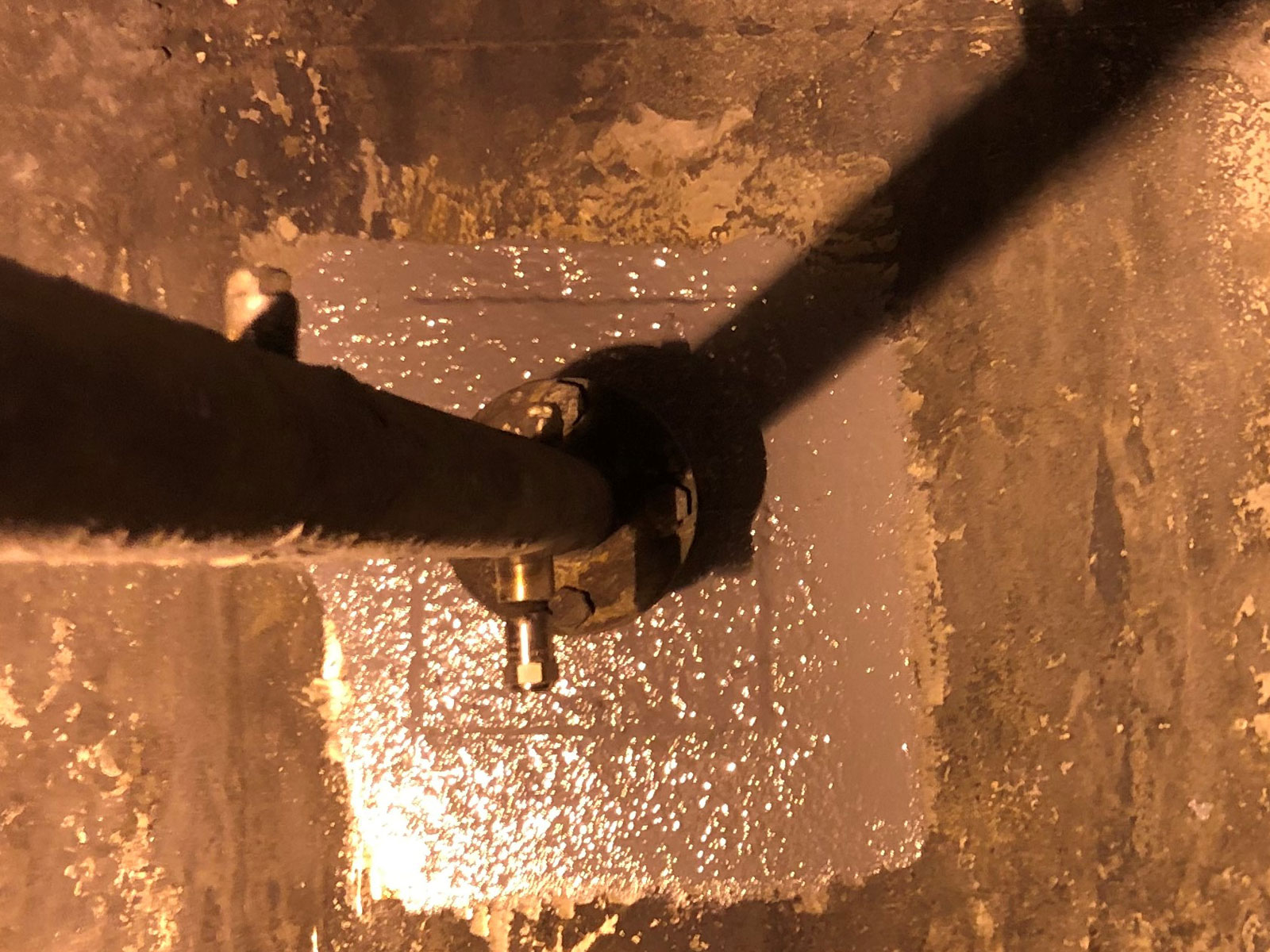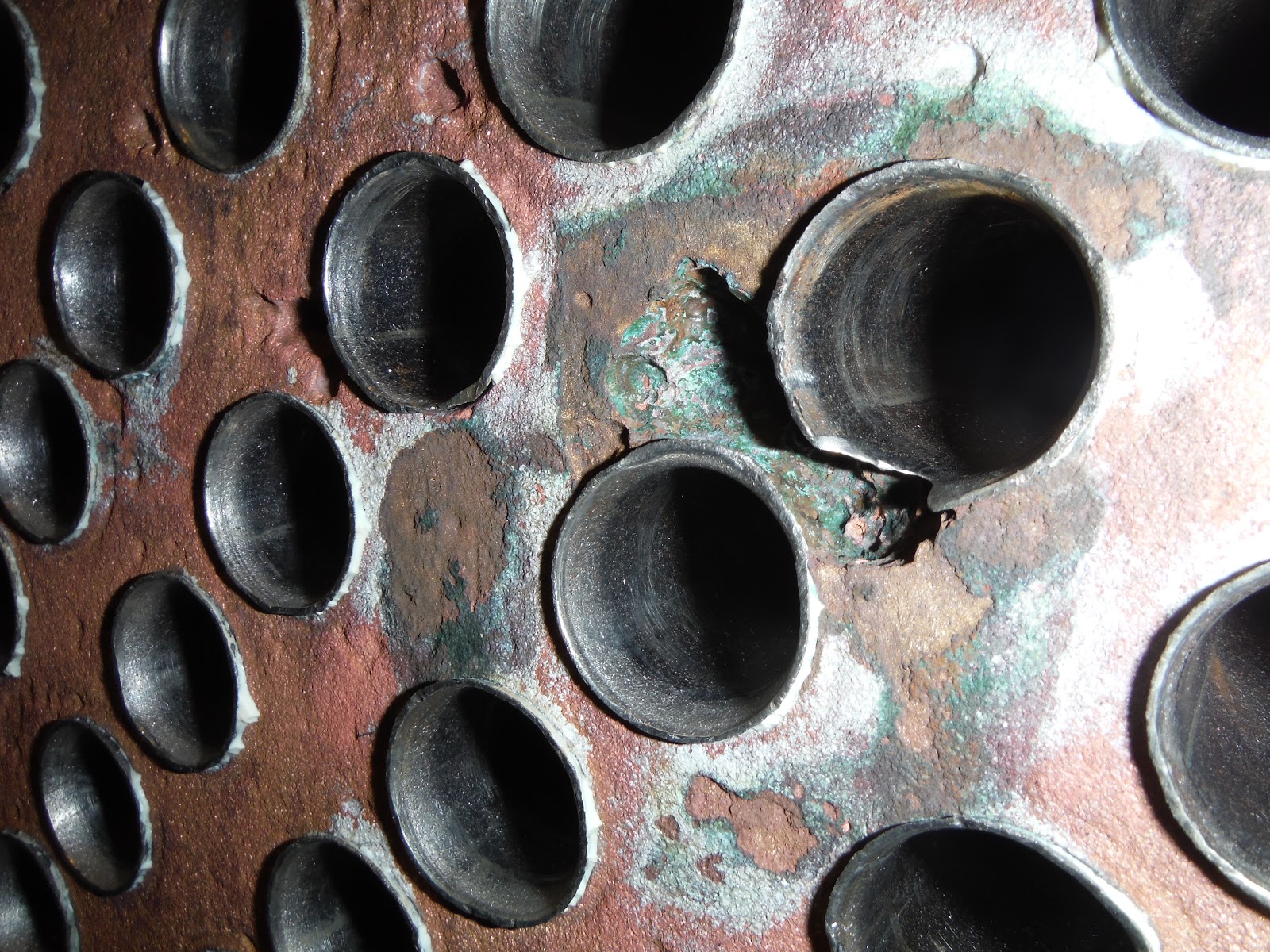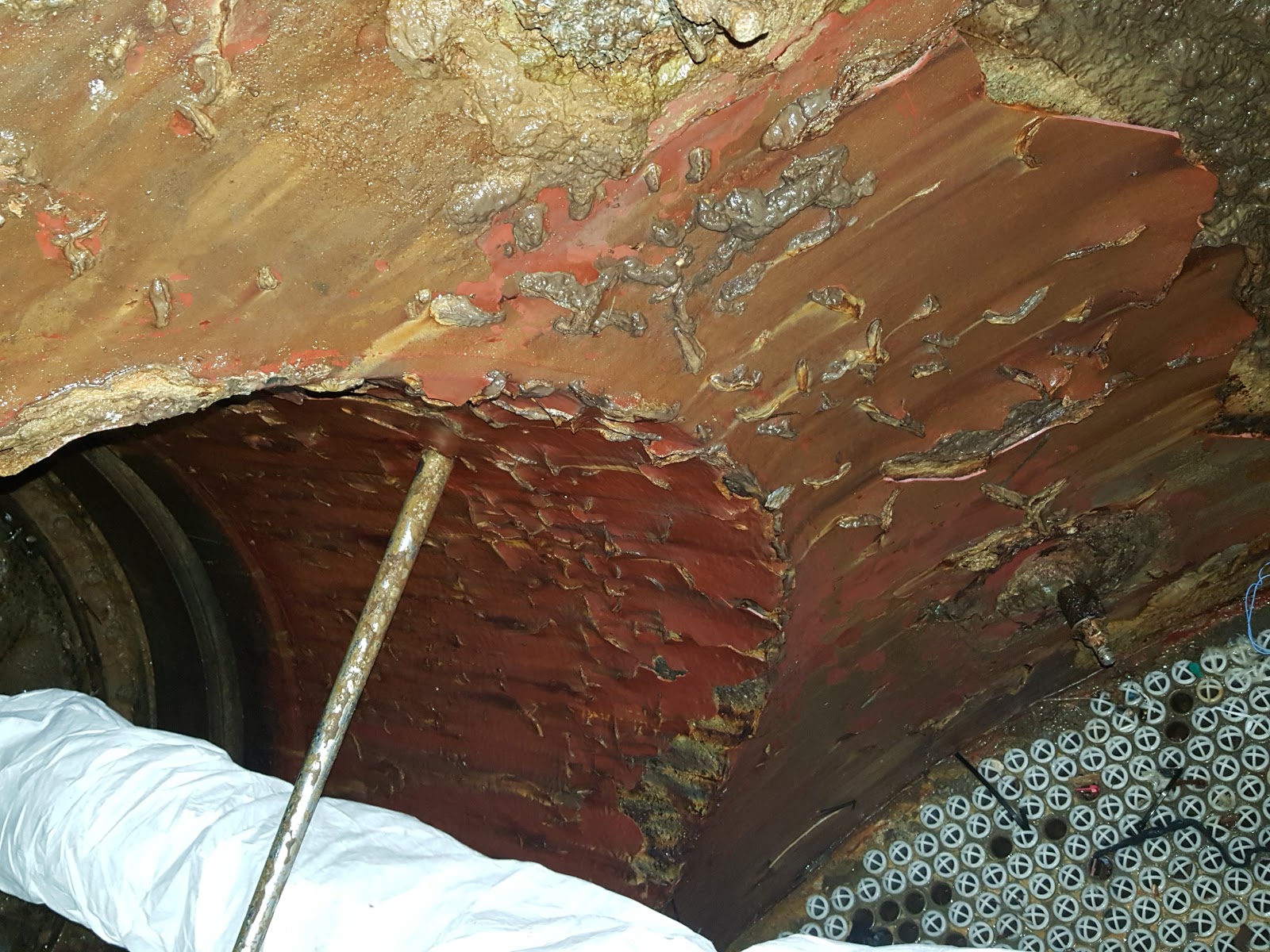Circulating water lines are pipes used in power generation facilities, chemical plants, oil refineries, and other heavy industrial applications. They differ in terms of design requirements but have common features and common reasons for failure. Today, repairs for circulating water lines can use several different methods. Each method has its place, which is why it’s [...]
More
-
Why Do Circulating Water Lines Fail?
-
Coating Failures in Water-Immersion Conditions: Poor Surface Preparation and Application
Along with Osmotic Blistering and Microbially Induced Corrosion, Poor Surface Preparation and Application is the third reason for a failure of industrial coatings in water-immersion conditions. In our previous blog posts, we explored Osmotic Blistering and MIC. This blog post explores common issues that can lead to poor surface preparation and application and how to [...] More -
Microbially Induced Corrosion: Coating Failures in Water-Immersion Conditions
Broadly speaking, industrial coatings used in water-immersion conditions fail due to the following: Osmotic Blistering, Microbially Induced Corrosion (MIC), and Poor Surface Preparation and Application. In our previous blog post, we explored Osmotic Blistering as a common cause of coating failure in water-immersion conditions. This blog post explains how microbiologically influenced corrosion impacts the protective [...] More -
Coating Failures in Water-Immersion Conditions: Osmotic Blistering
Water-immersion conditions are found in a variety of industrial applications. Circulating water systems, tanks and other critical infrastructure made of metallic substrates are typically protected from corrosion by immersion-grade coatings designed to act as barriers to prevent corrosion. For asset owners and maintenance staff, the ability of coatings to provide continued protection from corrosion or [...] More




